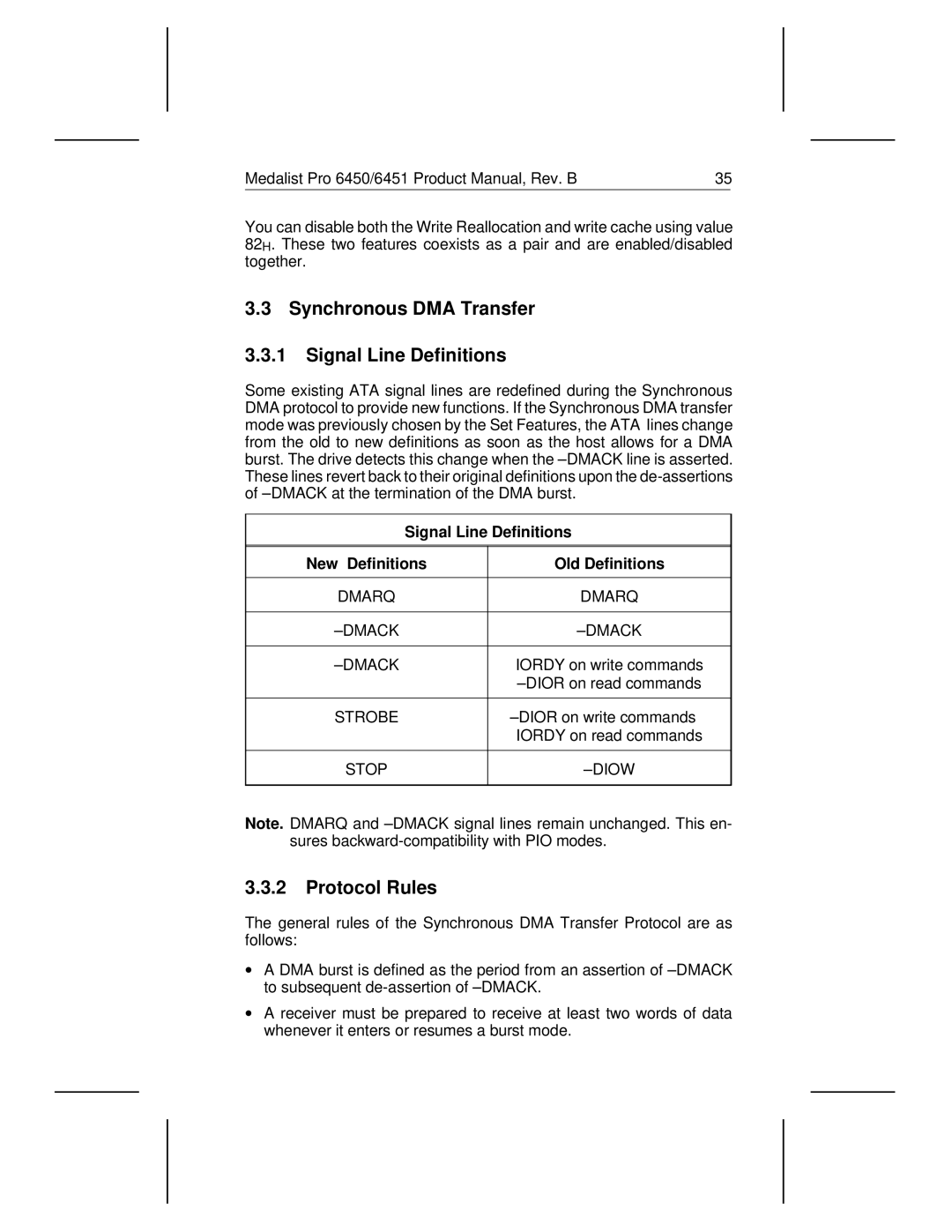6451, 6450 specifications
The Seagate 6450 and 6451 series represent a significant advancement in storage technology, designed specifically for high-performance computing demands. With an emphasis on reliability and speed, these models cater to enterprise-level applications, making them an ideal choice for data centers and organizations that require robust storage solutions.One of the standout features of the Seagate 6450 and 6451 is their capacity. Both models provide extensive storage options, ranging from several terabytes to accommodate large data sets. This capability ensures that organizations can store vast amounts of information without the need for frequent upgrades, a crucial aspect for businesses that experience exponential data growth.
In terms of performance, the Seagate 6450 and 6451 series are built on cutting-edge SATA and SAS interfaces, providing exceptional data transfer speeds. This rapid throughput is essential for applications that require quick access to stored data, such as databases, virtualized environments, and enterprise applications. The drives offer improved IOPS (input/output operations per second), which enhances overall system responsiveness.
Reliability is another hallmark of the Seagate 6450 and 6451 series. With advanced error detection and correction technologies, these drives ensure data integrity, minimizing the risk of data loss. The series is also designed to operate continuously in high-demand environments, featuring robust construction and durability that meet the rigorous standards expected in enterprise settings.
Moreover, the energy efficiency of the Seagate 6450 and 6451 drives is noteworthy. They incorporate technologies that help reduce power consumption while maintaining performance. This is particularly important for organizations looking to reduce their carbon footprint and operational costs.
Additional features include comprehensive data security measures, such as built-in encryption support, which protects sensitive information from unauthorized access. These drives also come equipped with various management tools that facilitate monitoring and optimization of performance, making it easier for IT administrators to maintain their storage systems.
In summary, the Seagate 6450 and 6451 series are engineered to meet the evolving needs of the data-driven world. With impressive storage capacities, high-speed performance, steadfast reliability, and energy efficiency, they are invaluable assets for any enterprise aiming to maximize their data management capabilities.

